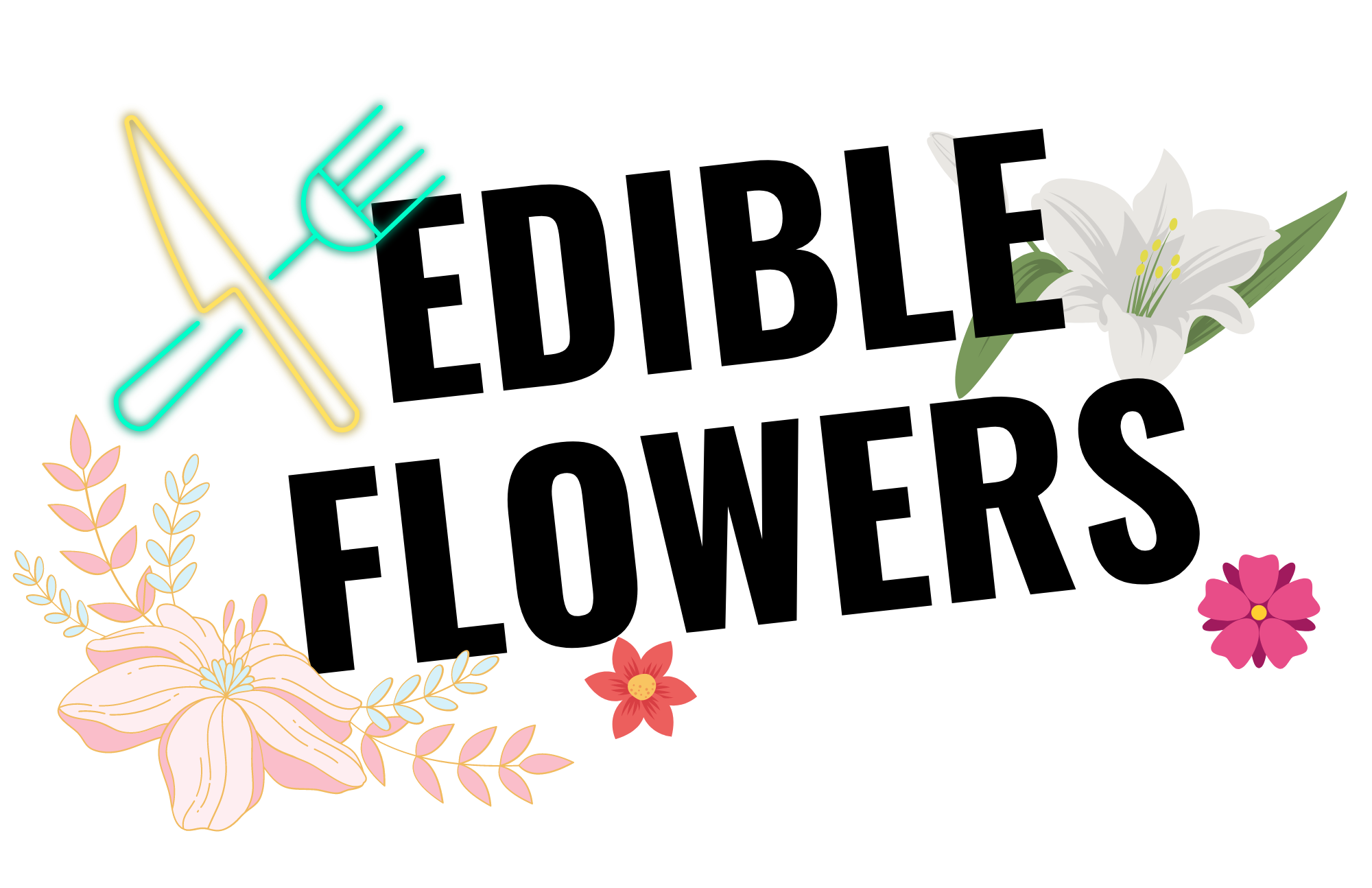
Snapdragon
Snapdragons are loved by hummingbirds. While they might be a bit of a challenge to start from seed due to their need for cool soil temperatures, they get their name as the flowers resemble the head of a dragon. They are a beautiful edition to any garden!
|
Black Prince; Tall Rust Resistant Mix |
|
Antirrhinum majus |
|
Intermediate/Easy |
|
Intermediate |
|
3-4 years if properly stored |
|
Annual |
|
10-14 days |
|
None |
|
Surface Sow |
|
Black Prince: 18” Tall Rust Resistant Mix: 3-3.5′ |
|
Seeds need light to germinate Full sun |
|
Early Summer |
|
March |
|
Yes |

Growing Tips



When to Start
Start indoors: 10-12 weeks before the last frost date. (March for Jefferson, GA)
Transplant: After the danger of frost has passed and after hardening off. (May 1 for Jefferson, GA)
How to Start
Intermediate to start from seed, easy once established.
Snapdragons are slow-starters that germinate best in cool temperatures (60-70 F). Snapdragons need light to germinate. Grow lights are best for snapdragons as planting them on windowsills rarely works because the light isn’t bright enough. Surface sow by gently pressing the seeds into the seed starting mix. Seeds will sprout in about 2 weeks.
Keep the potting mix evenly moist, but not saturated. Thin to one plant per cell once they have two sets of true leaves. (True leaves appear after the initial seedling leaves.)
Care
Fertilize the snapdragon seedlings three to four weeks after planting using a water-soluble fertilizer for indoor plants. Mix the fertilizer to half-strength. Transplant the snapdragons into a sunny garden spot after the last frost in spring and space 6-12 inches. Dead-head plant to encourage more blossoms until you are ready for them to go to seed.
My personal experience
Snapdragons are a beautiful and fun flower. I’ve grown them for several years now. The only thing I find tricky is starting them from seed. They need cool temperatures to germinate. If I use my wand grow lights, that put out very little heat, I have no problem getting them to germinate. But, if I use my 3-foot-long lights, they put out too much heat and the snapdragons will not germinate.
Once they germinate, they are very easy to grow. I’ve planted them in various flowerbeds in the yard. The most successful one was in the front flower bed. I really loved that spot. I forgot about it and it wasn’t until fall clean-up that it was ‘rediscovered.’ It had grown to 4 feet long, with absolutely no care from me. They’ve never gotten that big anywhere else!
Seed Saving

Isolation Distance
Insect dependent for pollination. Isolate 600’ to prevent cross-pollination.
Instructions
Select healthy, robust plants free of any signs of disease or insect infestation for seeds. Seeds carry the traits of the parent plant. Choose plants that exhibit the traits you wish to preserve. Consider bloom size, color, and shape, as well as blooming time.
Allow the biggest and healthiest blooms to mature on the plant. Cover the seed head with a fine-mesh bag as soon as the flower petals shrivel and die. Use an elastic band to hold the bag in place. This prevents seeds from spilling onto the soil before harvest.
Clip the flower head from the main stem once the seeds are dry and dark. Separate plant debris from the seeds by removing the mesh bag and placing the flower head in a paper bag and shaking to loosen the seeds. Seeds settle to the bottom of the bag. Remove plant debris by hand.
Features
- Attracts pollinators and hummingbirds
- Good cut flower
- Deer resistant
- Drought tolerant
- Easy to maintain once established
- Edible flower. Snapdragons are bitter but make a beautiful garnish on salads.
- Black Prince: Heirloom: Blooms are a stunning, dark crimson.
- Tall Rust Resistant Mix: Tall flower spikes filled with large blossoms in shades of white, yellow, red, and pink. Good cut flowers.

The plants bloom heavily in early Summer. If you cut the spikes off after blooming, they will bloom again in the Fall.
The flowers are bitter, but they make a colorful garnish on salads or tarts.
Sources:
Starting & Saving Seeds by Julie Thompson-Adolf
Edenbrothers.com
Edible Flowers: How, Why, and When We Eat Flowers by Monica Nelson
